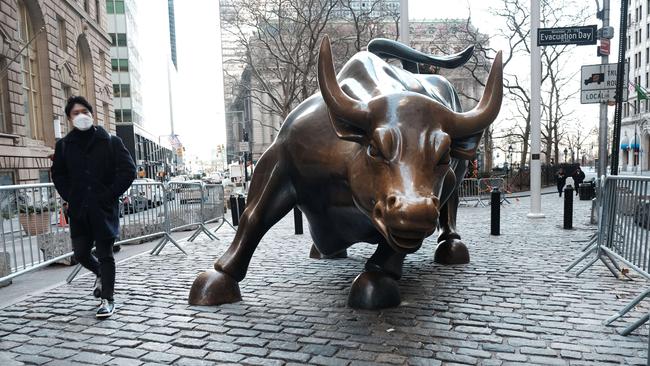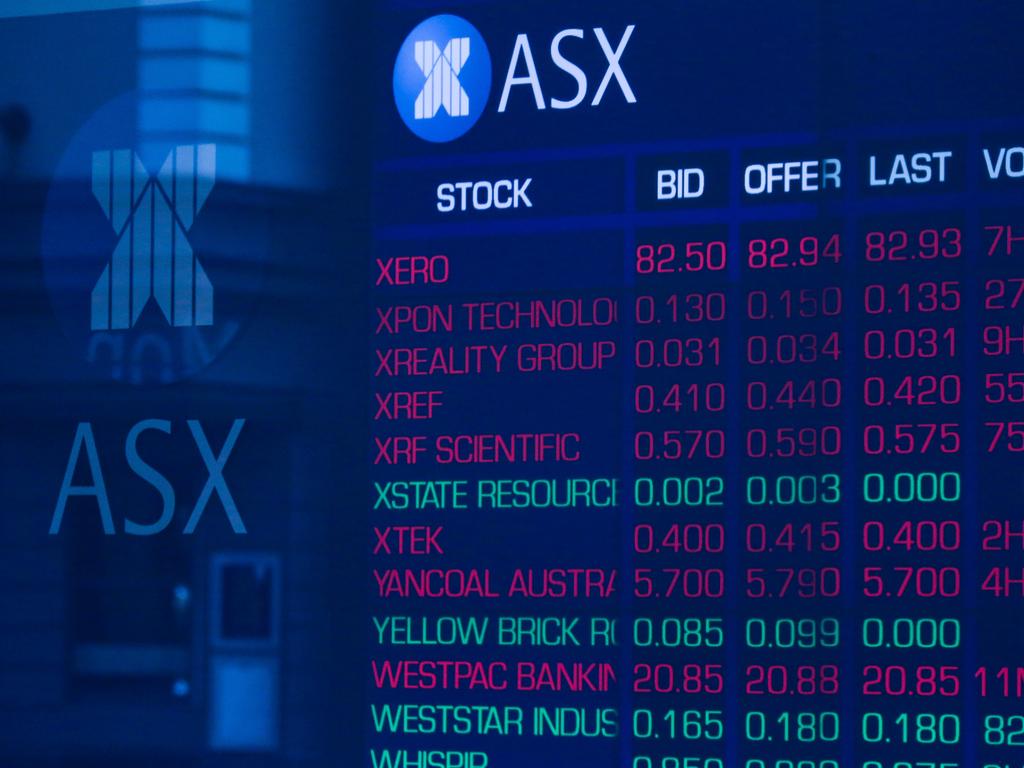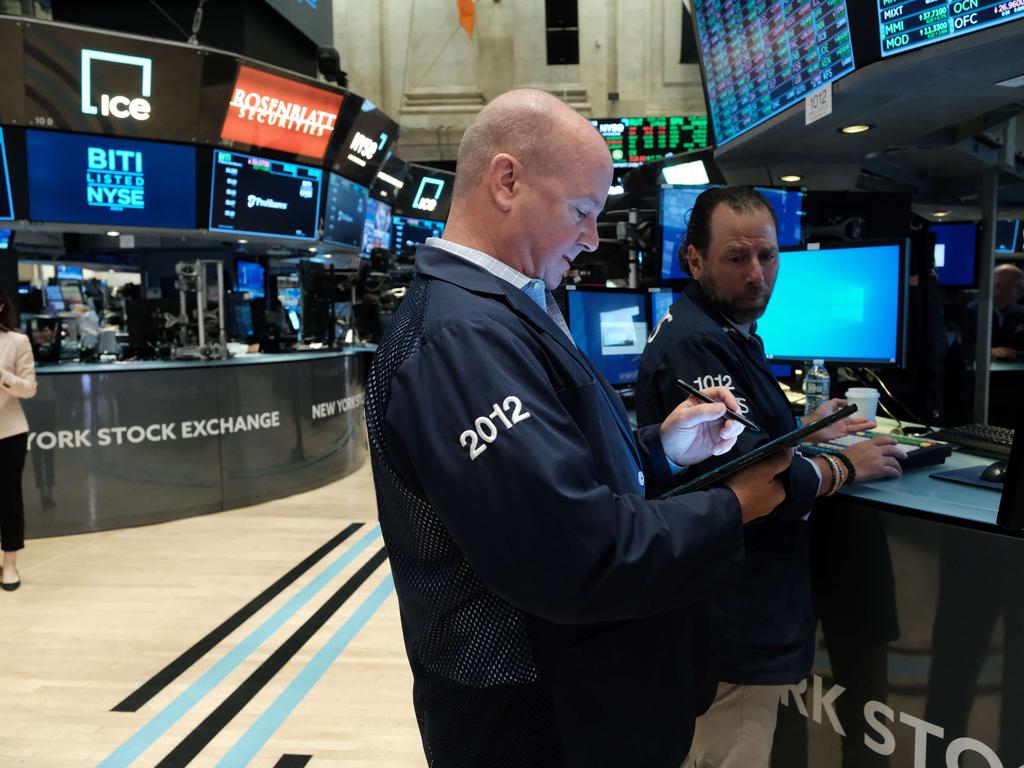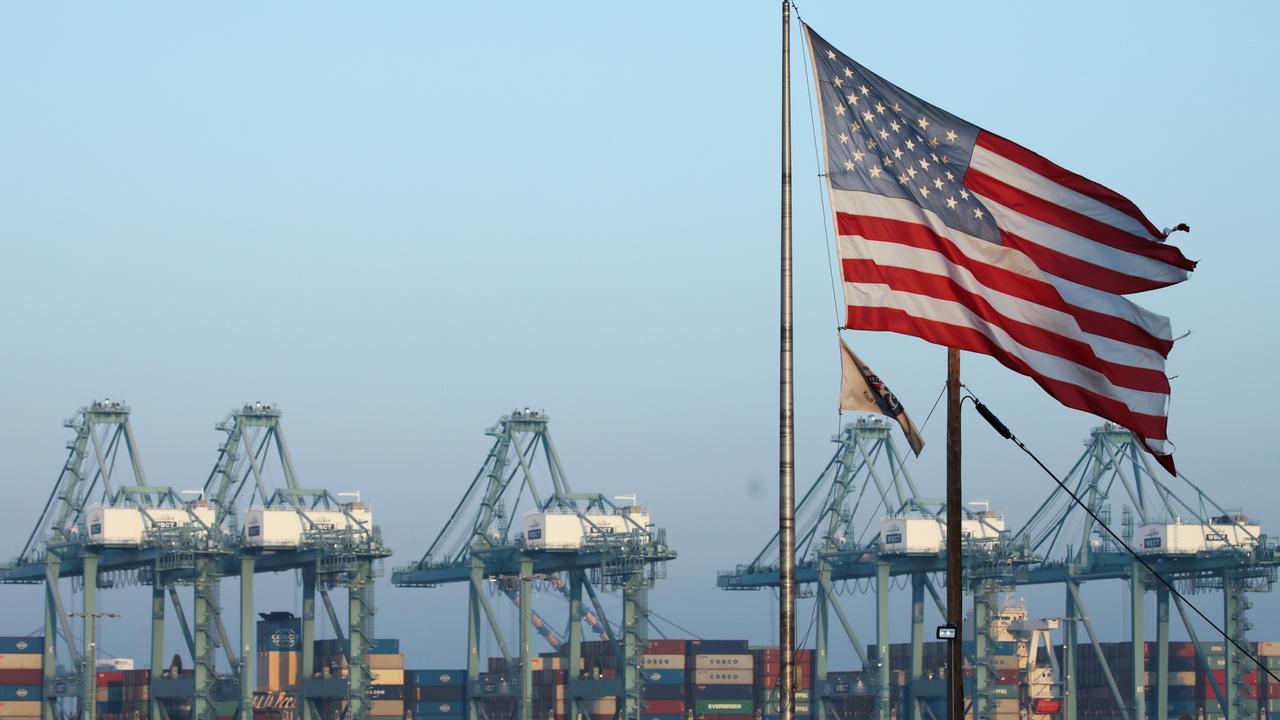Rising inflation tips US into recession
The latest forecast from the Atlanta Federal Reserve estimates the economy shrank 2.1 per cent in the second quarter of 2022.

Rising inflation has sapped the buying power of American consumers and tipped the US economy into recession, according to the latest forecast from the Atlanta Federal Reserve, which estimates the economy shrank 2.1 per cent in the second quarter of 2022.
The growing possibility the world’s biggest economy is already in recession, following the biggest sell off in shares and bonds in decades, makes the toxic combination of rising unemployment and high inflation more likely at a time central banks are battling the highest inflation in 40 years.
“The risks of a 2022 recession are significantly higher than I would have judged six or nine weeks ago,” said former Treasury secretary Larry Summers, who throughout last year correctly anticipated a rapid increase in inflation, on Saturday.
A second consecutive quarter of economic contraction would tip the US economy, which shrank unexpectedly in the first three months of the year by 1.6 per cent at an annual rate, into recession on a widely used definition, complicating efforts to reduce inflation and lifting recession risks throughout the developed world.
“An increasing swath of the forecasting community believes the economy is on the cusp of a downturn, if not already in one,” said Bob Schwartz, a senior economist at Oxford Economics, on Friday, pointing out that real consumer spending declined 0.4 per cent in May, the weakest reading so far this year. “The consumer pullback in May punctuated a long string of reports for the month that came in weaker than expected, heightening fears that the economy will not survive the Fed’s aggressive rate-hiking campaign”.
Speaking in Portugal last week at a conference, US Federal Reserve chairman Jerome Powell said the Fed’s planned interest rate increases, which are expected to see the federal funds rate rise from 1.75 per cent to at least 3 per cent by the end of the year, could tip the economy into recession.
“Is there a risk we would go too far? Certainly there’s a risk,” Mr Powell, who has repeatedly promised to keep lifting interest rates until inflation, 8.6 per cent over the year to May, shows clear signs of declining, said Wednesday.
“The bigger mistake to make – let’s put it that way — would be to fail to restore price stability.”
Yields on 10-year US government bonds fell sharply back below 3 per cent this week as investors began to bet the Fed, which has embarked on an aggressive series of interest rate increases to tame inflation, would have to reverse course to contain future unemployment.
Investors put the chance of another 0.75 percentage point interest rate increase this month at 62 per cent on Friday, down from 100 per cent earlier in the month, according to market pricing.
“Our forecast comes perilously close to a recession,” Michael Feroli, JP Morgan’s chief US economist, wrote. “Recently, 35 per cent of households have reported having trouble paying their bills, up 10 percentage points since the same time last year”.
American households, whose consumption spending makes up around 70 per cent of US GDP, are rapidly eroding the huge savings buffers they built up during the pandemic, when federal and state governments handed out trillions of dollars in support payments, which have since ceased.
Excess savings of around $US2.5 trillion ($3.7 trillion), which peaked late in 2021, have dropped to around US$1.8 trillion, according to Oxford Economics.
The US National Bureau of Economic Research, which dates US economic cycles using an array of indicators alongside GDP growth, last had the US in recession for a couple of months in April last year, when pandemic restrictions crushed employment and spending.
“The Atlanta Fed’s GDPNow has a strong track record, and the closer we get to July 28th’s release of GDP data) the more accurate it becomes,” wrote Nicholas Colas, co-founder of DataTrek Research, on Friday.
The June jobs report, due out this Friday, is expected to show the unemployment rate steady at 3.6 per cent, near the lowest levels in half a century, still the brightest spot in an otherwise sombre set of indicators of the US economy.






